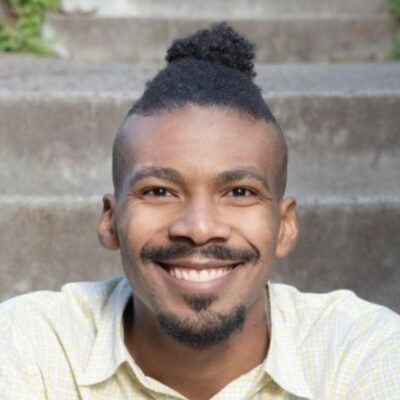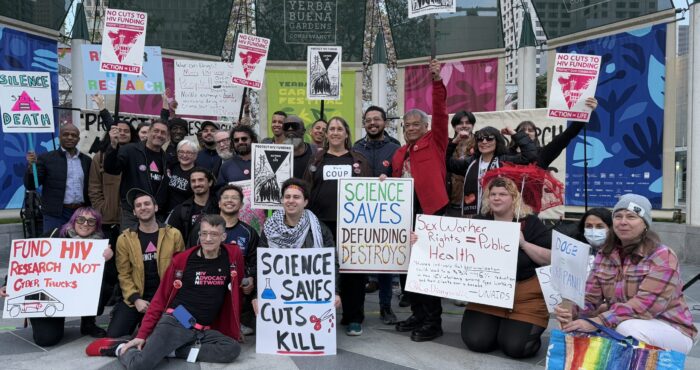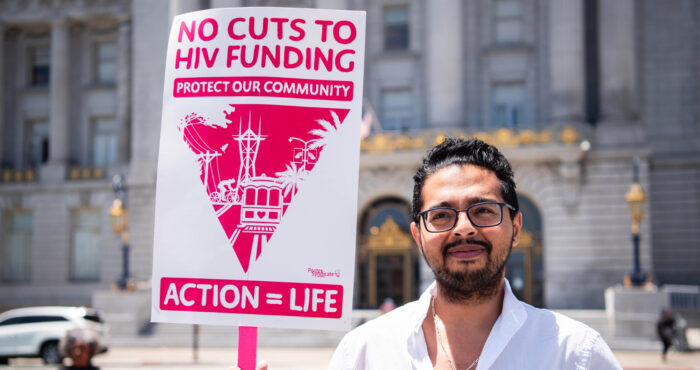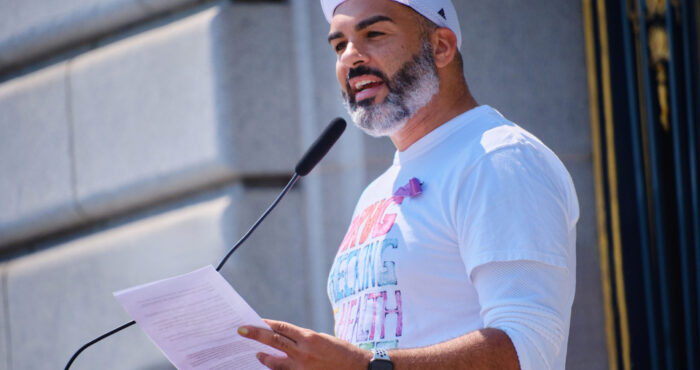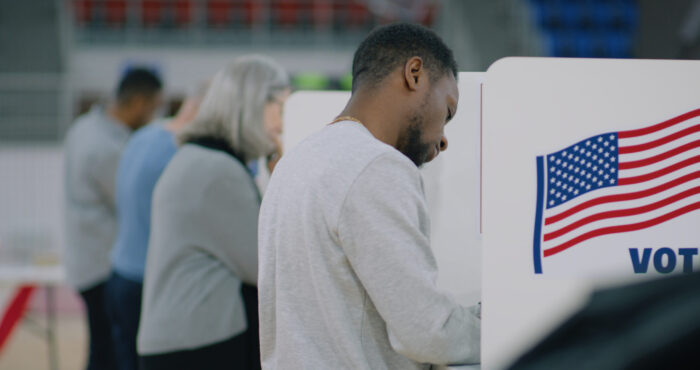When Two Movements Meet: HIV/AIDS Activism and Climate Justice
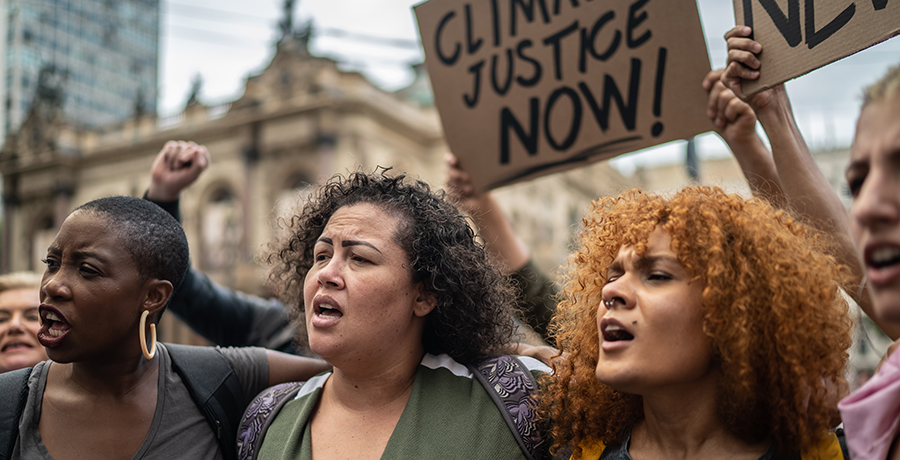
Little has been written about the connection between climate change activism and HIV and AIDS activism, but the tools used in the ‘80s to change the response to the virus remain the same tools society can now use to create a more sustainable, equitable planet.
The planet’s global temperature steadily rises, fueled by humans burning fossil fuels and forever changing the chemistry of our atmosphere. Ice caps collapse, adding mass to the oceans– raising sea levels and changing maps. Warmer oceans and warmer air summon intensified storms that barrel through communities, leaving flooding and destruction. Meanwhile, deforestation runs rampant and wars are fought over basic natural resources. Will the human race survive current mass extinctions?
Many communities on the frontlines understand the urgency of climate action and are the loudest voices advocating for change. Marches, rallies, fundraising, demonstrations, art and writing are tools used today to bring about awareness to the climate crisis.
When the ‘80s opened a tragic chapter in global human health history, activists used these same tools. In the U.S., the disease primarily affected gay men and people injecting drugs, leading to stigma and prejudice against these communities. When the mainstream ignored the crisis, HIV and AIDS activists grew louder and louder.
Prolific poet Essex Hemphill captured the pain and sorrow of a generation ravaged by the disease, especially among the Black community. “If whales, snails, dogs, cats, Chrysler, and Nixon can be saved, the lives of Black men are priceless,” Essex Hemphill wrote in his poem, “For My Own Protection.”
Raw, honest, and unflinching writing from Essex Hemphill’s 1992 poem, “Visiting Hour,” elaborates on his reflections from this era:
And if I ever go off,
you’d better look out, Mona Lisa.
I’ll run through this gallery
with a can of red enamel paint
and spray everything in sight
like a cat in heat.
These words written in 1992 reach into the future to 2022 when a protester wearing a wig and make-up and throwing red roses vandalized the Mona Lisa. After smearing a cream cake over the prized portrait, the protester was dragged away, yelling, “Think about the Earth. There are people who are destroying the Earth. Think about it … all artists, think about the Earth — this is why I did this. Think about the planet.”
The activist wanted the world to pay attention to the crisis affecting all of us. Essex Hemphill held the same intention about a different threat.
The disruption at the Louvre probably looked a lot like the die-ins that HIV and AIDS activists organized. The stark connection reminds us that the tools of activism and organizing aren’t new, and oftentimes are ideated by those who are forced to stand in the margins of society.
ACT UP, an advocacy group that quickly rose out of the HIV and AIDS crisis, leveraged powerful phrases such as “Silence=Death,” to advocate for greater compassion, understanding, and resources for those marginalized by the disease. AIDS activists’ efforts helped to shift public attitudes, and ultimately led to greater support for HIV and AIDS research, treatment, and prevention.
“Action=Life” still holds true.
There’s an entire generation of people who are alive today due to the relentless and fervorous marches, rallies, fundraising, and demonstrations. When it comes to survival and adaptation amidst climate change, we can look back to our ancestors who fought for justice during the HIV and AIDS crisis and learn from them. We can borrow a page from their books on how to create the change we wish to collectively see next. Their stories and strategies are righteous, courageous, and relatable.
The legacy of AIDS activists continues to inspire and inform the work of those fighting for justice around the world, and the same opportunity for inspiration exists for climate change activists. Whether discussing HIV and AIDS or the climate crisis, we also hold these same options: “Silence=Death” or “Action=Life.”
By taking action, we have the power to alter the course of our future and create a more sustainable, equitable world.






